A number that is enough to shock anyone in the beauty industry: 22 billion won (about 400 billion VND) is the loss that Korean cosmetic brands had to bear in just the first 9 months of the year due to the problem of counterfeit goods.
Data from the Korean Customs Service shows a 24-fold jump in illegal profits from 2024, exposing a shadowy empire that is spreading its tentacles across the global market. Remarkably, 99% of the counterfeit shipments detected originated from China.
However, the path of these counterfeit products is not simple. A sophisticated transportation route has been mapped out: Counterfeit goods from China do not go directly to consumer markets, but go through the US before being imported back to Korea. Statistics show that up to 81% of the counterfeit goods seized have taken this unexpected "detour", a sophisticated trick to legalize the origin and deceive the authorities.
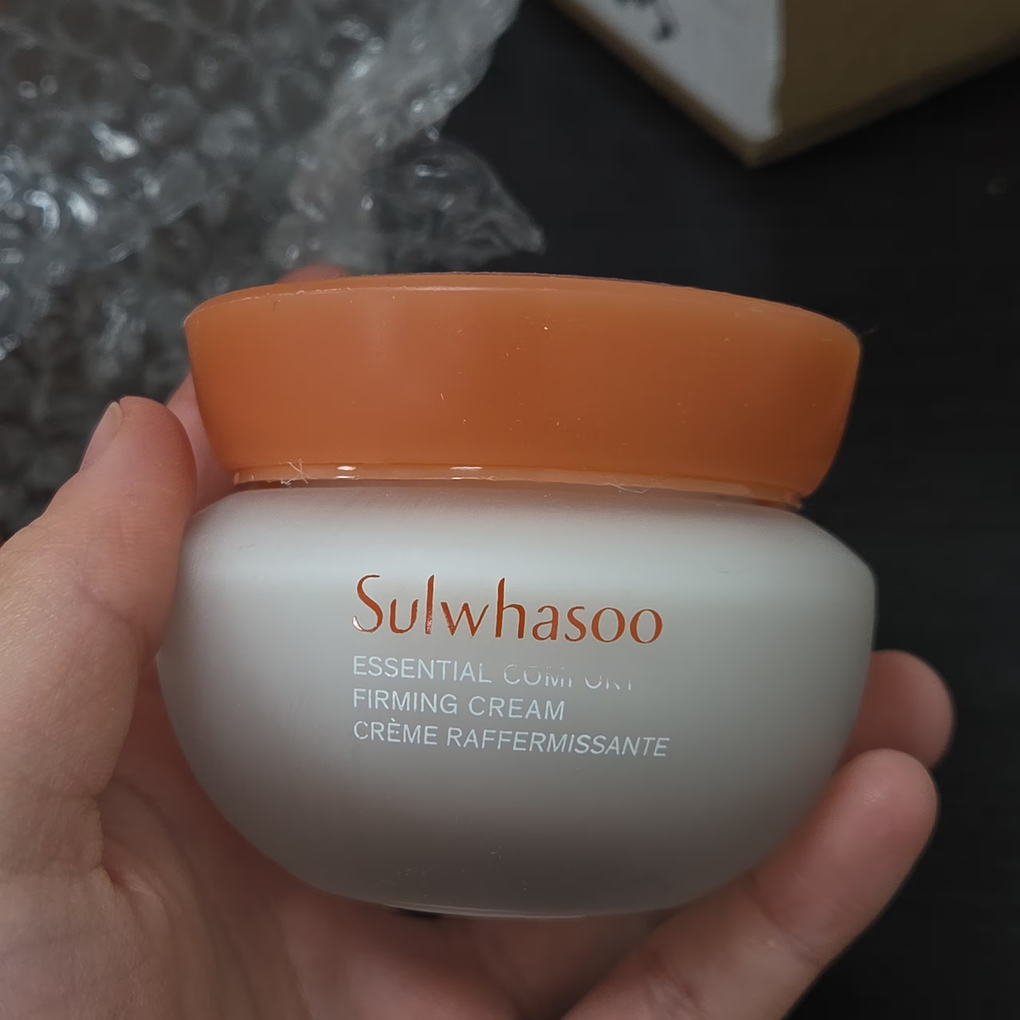
A fake Sulwhasoo cream jar, smuggled from China and sold on Korean e-commerce platforms as the real thing (Photo: Incheon Customs Department).
For consumers, the danger goes beyond losing money. Counterfeit products are so sophisticated that they are almost impossible to distinguish with the naked eye.
For example, a counterfeit version of a collagen mask from the brand APR changed only a single letter on the packaging (“collagen” to “gollagen”) while copying every detail of the design exactly. APR had to warn that the ingredients in these counterfeit products were “unidentifiable” and posed a risk of irritation and long-term skin damage.
More worrying is the shift in strategy of the "manufacturers". If in 2024, the main target was luxury brands like Sulwhasoo with 541 cases detected, by 2025, the game has changed. Now, emerging, affordable and trending brands like Manyo, Beauty of Joseon or Skin1004 have become "easy prey". The reason is very simple in terms of business: these young companies often do not have enough resources and experience to build an international market monitoring system.
A raid on a warehouse in Foshan, China, which seized 56,000 counterfeit products of five popular Korean brands with an estimated value of 1 billion won, is a clear demonstration of this trend of attacking emerging brands.
This problem is also very evident in Vietnam, where Korean cosmetics have a large market. Cases of cosmetics of unknown origin, labeled "Made in Korea" are continuously uncovered, with the number of products reaching thousands in each case. This shows that domestic consumers are facing direct risks from the matrix of genuine and fake products every day.
In the face of the counterfeiting storm, South Korean businesses and the government are scrambling to respond. Amorepacific, the conglomerate that owns Sulwhasoo, said it is strengthening cooperation with international customs and pursuing legal action. The South Korean government also plans to set up a public-private task force by 2026 to protect K-beauty brands.
However, this war is still long, and the biggest losers are still consumers, who are paying real money for virtual values and unpredictable health risks.
Source: https://dantri.com.vn/kinh-doanh/nguoi-han-dau-dau-voi-my-pham-gia-made-in-korea-xuat-xu-tu-trung-quoc-20251113155230335.htm



![[Photo] Deep sea sand deposits, ancient wooden ship An Bang faces the risk of being buried again](https://vphoto.vietnam.vn/thumb/1200x675/vietnam/resource/IMAGE/2025/11/13/1763033175715_ndo_br_thuyen-1-jpg.webp)






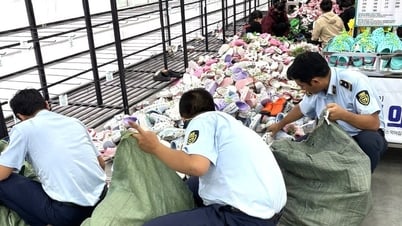





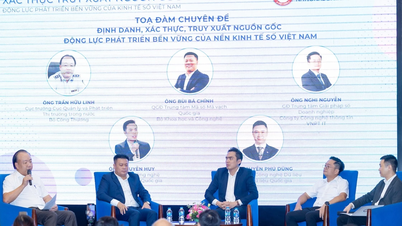



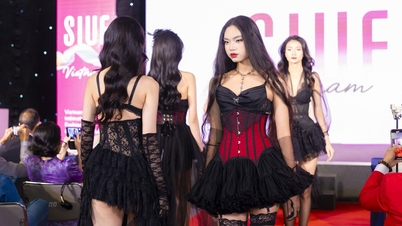











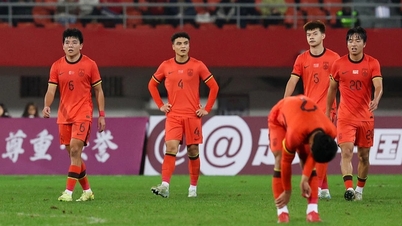
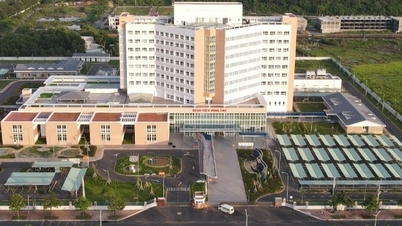


































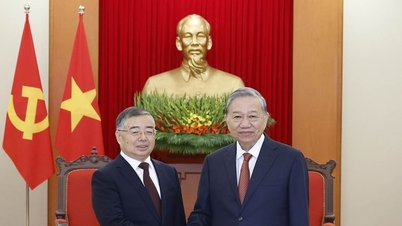
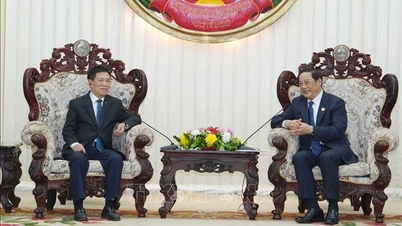


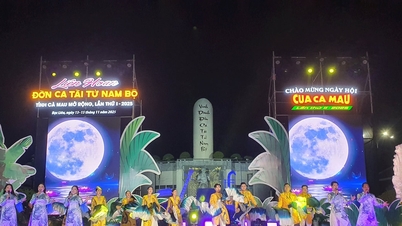







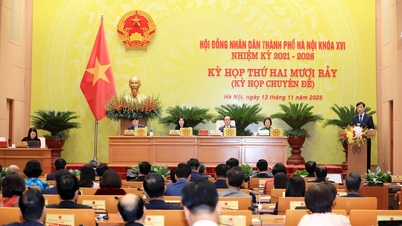


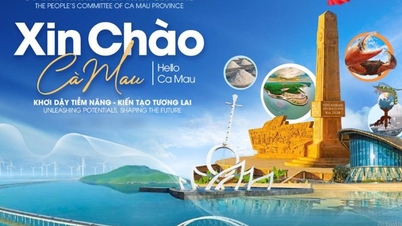
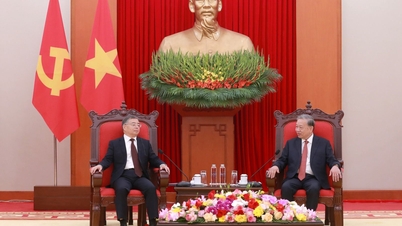





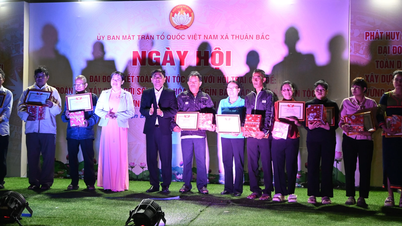

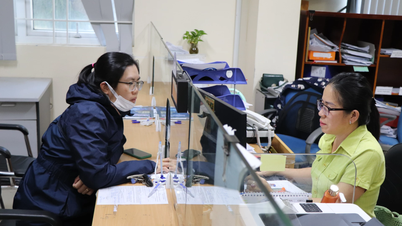





![Dong Nai OCOP transition: [Article 3] Linking tourism with OCOP product consumption](https://vphoto.vietnam.vn/thumb/402x226/vietnam/resource/IMAGE/2025/11/10/1762739199309_1324-2740-7_n-162543_981.jpeg)



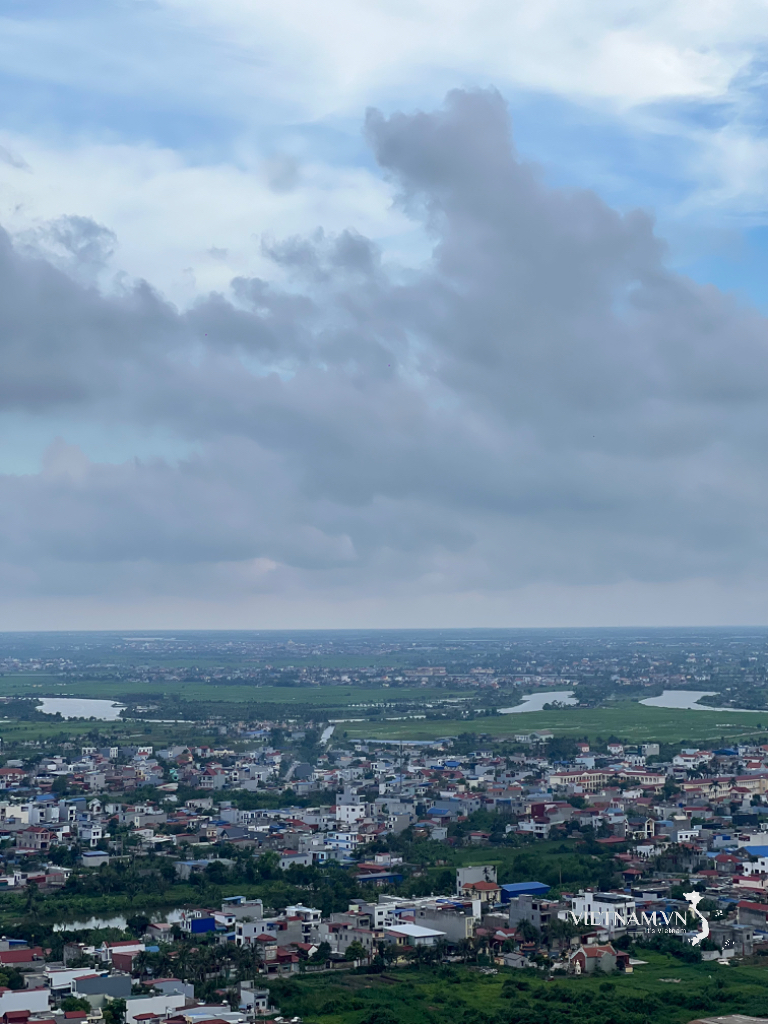



Comment (0)